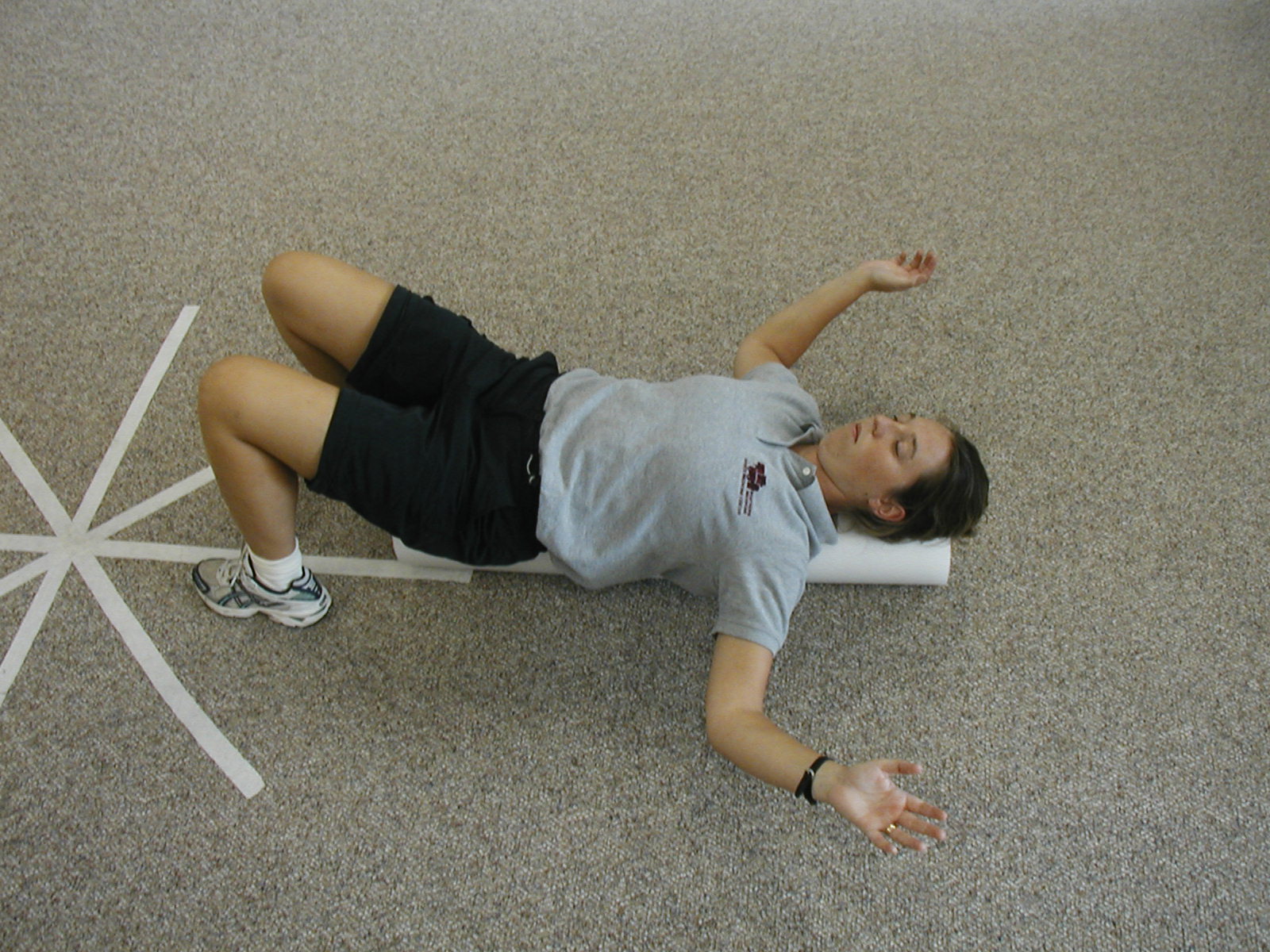One of the most common musculoskeletal problems that occurs in adults over the age of 30 is irritation of the rotator cuff.
When the rotator cuff muscles and tendons are damaged or irritated, they can cause problems with many different activities. Things like putting dishes into overhead cupboards, opening or closing doors, reaching across the body, or swinging a club or racket can be difficult or impossible when injury is present.
Before we get into what to do about rotator cuff issues, it will be helpful to discuss what the cuff is and what it does.
A rotator cuff is a group of four muscles and tendons in the shoulder. A common misconception is that the rotator cuff muscles contribute significantly to the movement of the shoulder.
While the rotator cuff is active when lifting and rotating the shoulder, its main job is to stabilize the shoulder and keep the ball part of the ball-and-socket joint centered in the socket.
It should be noted that not all shoulder pain is caused by injury to the rotator cuff. Conversely, not all tears in the cuff result in pain or limitation.
The Journal of Shoulder and Elbow Surgery took a look at the prevalence of asymptomatic rotator cuff tears. To be included in the study, participants had to be free of shoulder pain.
Overall, 23% of all patients had a rotator cuff tear. The percentage of people with a tear increased with age, as was expected.
About 13% of asymptomatic 50-year-olds had a tear, and that number increased to 51% of participants over 80 having a tear.
This shows us that even when a rotator cuff tear is present with diagnostic imaging, that finding alone doesn’t mean that the patient’s pain and lack of function can be blamed on the rotator cuff, so a thorough evaluation is crucial in determining treatment.
So, if you’ve had a rotator cuff issue in the past or want to prevent one in the future, what can you do?
Keep your upper back flexible and strong
When the upper back is rigid and curved forward, there is less space for movement in the rotator cuff. This lack of space can cause impingement on the cuff and cause it to fray. Stretching the upper thoracic spine using a foam roll or exercise ball for a few minutes a couple of times each day can help lessen the forward slouch. It is also a good idea to stretch the pectoral muscles that go across the front of the chest. If your job mainly requires desk work, this becomes even more important.
Keep your shoulders strong
Simple rotator cuff strengthening exercises can be performed with just a small dumbbell or a set of exercise bands. External rotation is usually the weakest area for most people. The muscles of the shoulder blade are also very important in how the shoulder functions. One of the best exercises for these muscles is the row, either using straps and body weight or a dumbbell.
Work like a tyrannosaurus rex
Generally speaking, the further your hand and elbow are from your torso, the more stress is generated at the shoulder due to leverage. If you’re not sure about this, try holding a five-pound load in your hand directly in front of your shoulder with your upper arm against your side. Now take that same weight and try to hold it straight out in front of you. Big difference, right? That’s why it’s a good idea to think of yourself as a little T-rex with short arms when performing reaching tasks. The greater the number of reaches required by the task, the closer to the body the task should be.
It should be noted that not everyone needs the same stretches and exercises.
A 25-year-old hyperflexible female usually does not have the same muscle-balance requirements as a 60-year stonemason. That’s why it is important to work with a physical therapist to get a program that is personalized for your body and your limitations.







